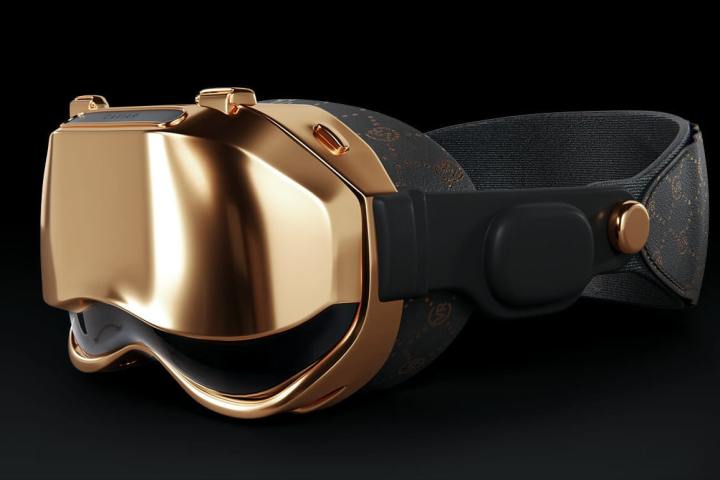You probably didn’t look at the $3,500 Vision Pro that Apple revealed at its Worldwide Developers Conference (WWDC) and think “you know what? I want to spend more than that.” But just in case you feel like throwing even more money at Tim Cook and friends, a company has made a custom $39,900 edition of Apple’s headset that will let you do just that.
The absurdly modified version is made by Caviar, a company known for its diamond-studded iPhones and other ridiculously ostentatious products. Instead of Apple’s silvery aesthetic, the modified “CVR Edition” features over 1.5kg of 18-karat gold, paired with black Connolly leather that is “supplied to the British Royal Court and Rolls-Royce.”

There were already concerns that Apple’s headset could be on the heavy side, with the company apparently prepping an extra headband to help ease the load. Strapping an additional 1.5kg (3.3 pounds) of gold onto your face might not do anything good for your neck, but at least everyone will know you can afford to burn cash like there’s no tomorrow, right?
Caviar’s take on the Vision Pro will be limited to 24 units, which at $39,900 a pop will rake in $957,600 for the company – assuming there are enough gullible people to snap them all up. You could get almost 274 Vision Pros for that cost, making Apple’s headset almost feel affordable … well, not really.
18-karat gold galore
To be fair, Caviar’s redesign does away with one controversial aspect of the Vision Pro: EyeSight, the feature that displays a user’s eyes while they’re using the headset. Caviar’s version covers the front glass panel with (you guessed it) more 18-karat gold, blocking off your peepers and allowing you to “preserve your privacy.”
As if the product couldn’t get any more preposterous, though, that golden shield can be flipped up to reveal the user’s eyes after all. Caviar compares the mechanism to “Tom Ford flip-up glasses,” but we’ll let you make up your own mind on that one.
Sadly, anyone wishing to purchase one of Caviar’s Vision Pro headsets will have to wait, as they don’t go on sale until the fall of 2024. Perhaps that will give people enough time to reassess their spending priorities.






